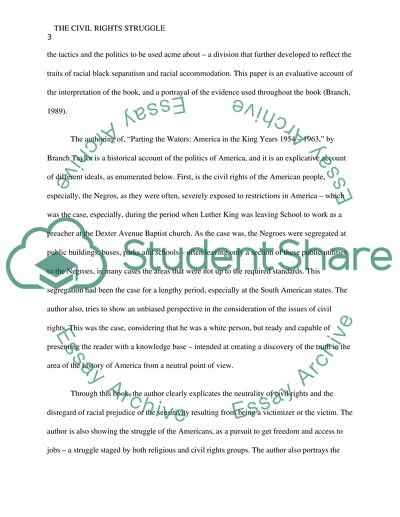Cite this document
(“History and the politics of the civil rights struggle in Parting the Essay”, n.d.)
Retrieved from https://studentshare.org/history/1396120-history-and-the-politics-of-the-civil-rights-struggle-in-parting-the-waters-america-in-the-king-years-1954-1963
Retrieved from https://studentshare.org/history/1396120-history-and-the-politics-of-the-civil-rights-struggle-in-parting-the-waters-america-in-the-king-years-1954-1963
(History and the Politics of the Civil Rights Struggle in Parting the Essay)
https://studentshare.org/history/1396120-history-and-the-politics-of-the-civil-rights-struggle-in-parting-the-waters-america-in-the-king-years-1954-1963.
https://studentshare.org/history/1396120-history-and-the-politics-of-the-civil-rights-struggle-in-parting-the-waters-america-in-the-king-years-1954-1963.
“History and the Politics of the Civil Rights Struggle in Parting the Essay”, n.d. https://studentshare.org/history/1396120-history-and-the-politics-of-the-civil-rights-struggle-in-parting-the-waters-america-in-the-king-years-1954-1963.


